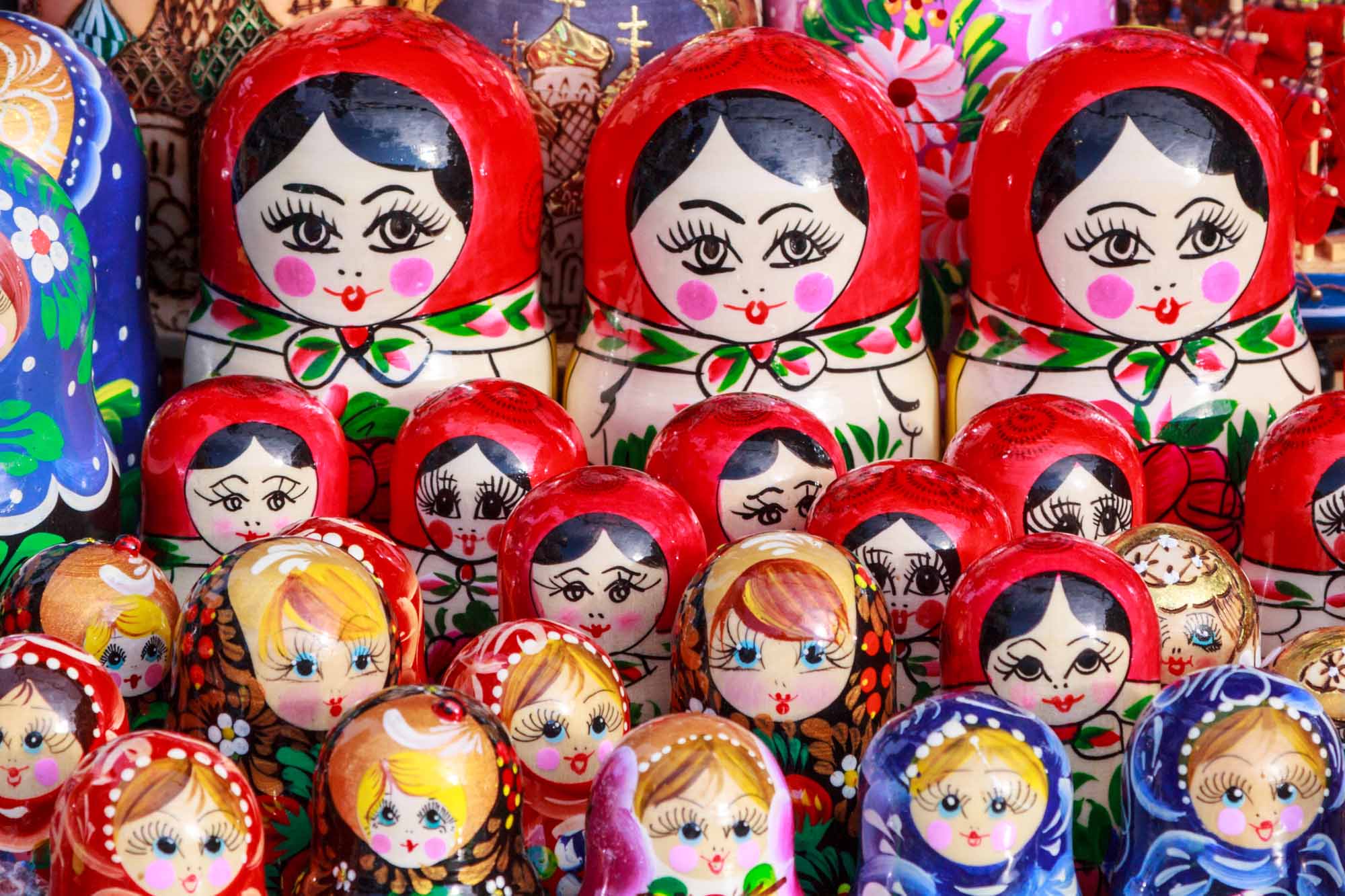
The most popular Russian souvenir is well-known Matryoshka (Little Matron) – wooden doll decorated with paintings with the same figures of a smaller size inside of it. The Matryoshka Doll was designed in 1890 by Sergei Malyutin, Russian painter of the Abramtsevo circle, and made by Vassily Zvyozdochkin, the best doll master from Sergiev Posad. The idea of the Matryoshka was suggested by similar Japanese Fukurokuju doll brought by wife of Savva Mamontov from the Hokkaido Island. Matryoshka made an impression at the Exposition Universelle of 1900 in Paris and soon became one of the main symbols of Russia in the world. At the Museum of the Toy Factory in Sergiev Posad you have a chance to see and purchase different kinds of this fascinating Russian souvenir and even to take part in painting of Matryoshka or in making of traditional Russian rag doll.
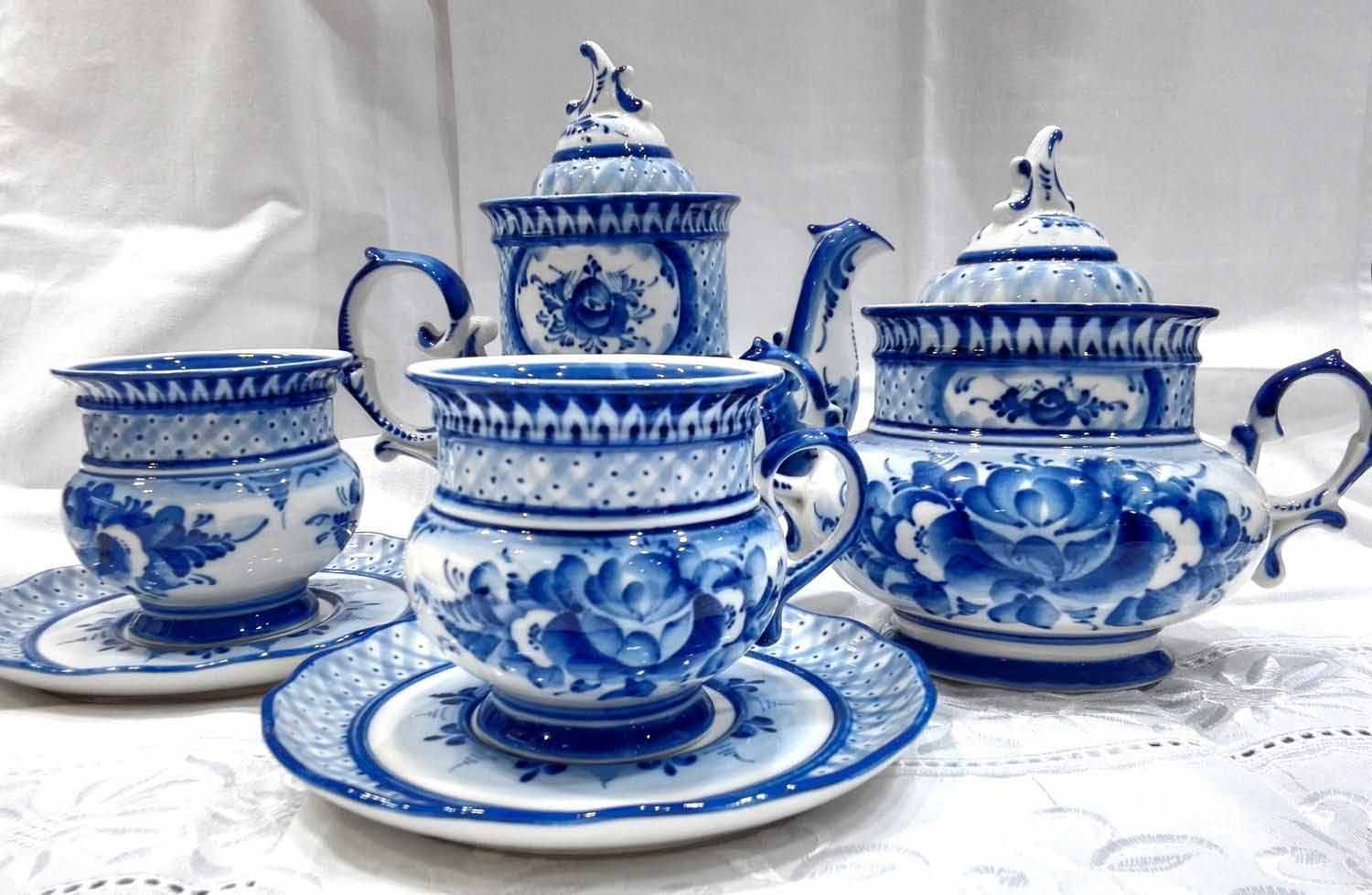
Gzhel is a Russian style of blue and white ceramics. The ceramics are named after the village of Gzhel, where they are produced. The name is associated with the pottery in the 14th century. The pottery was painted solid white with distinctive blue designs. Nowadays Gzhel produces tea, coffee and dinner sets, samovars, vases, candlesticks, clocks, lamps, statuettes and figurines of more than 2500 varieties.
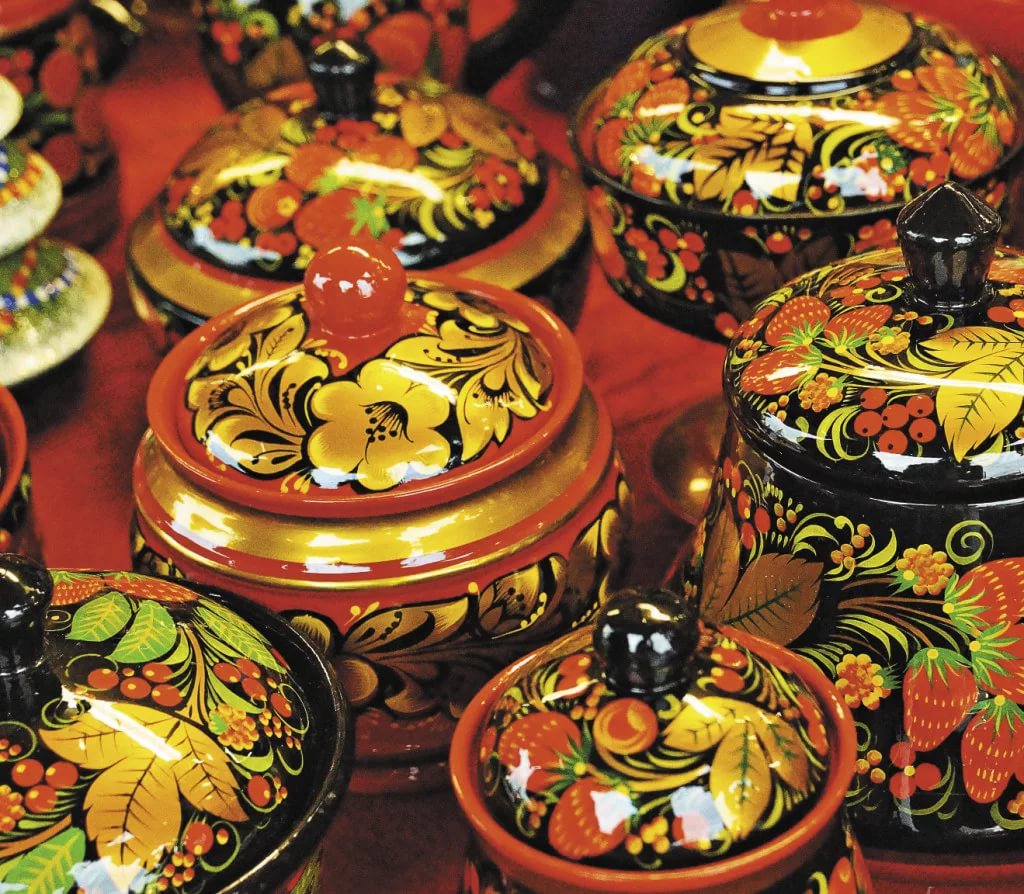
Khokhloma is the name of a Russian wood painting handicraft style. It is named after Khokhloma village in Nizhny Novgorod district where this style firstly appeared. Typical colors for Khokhloma is a combination of red, black, and gold. It has curved and vivid flower, berry and leaf patterns. Often Firebird, the figure from the Russian fairytale, is also depicted. There are two main factories in Russia that produce Khokhloma tableware, utensils (mostly spoons), furniture, souvenirs etc.
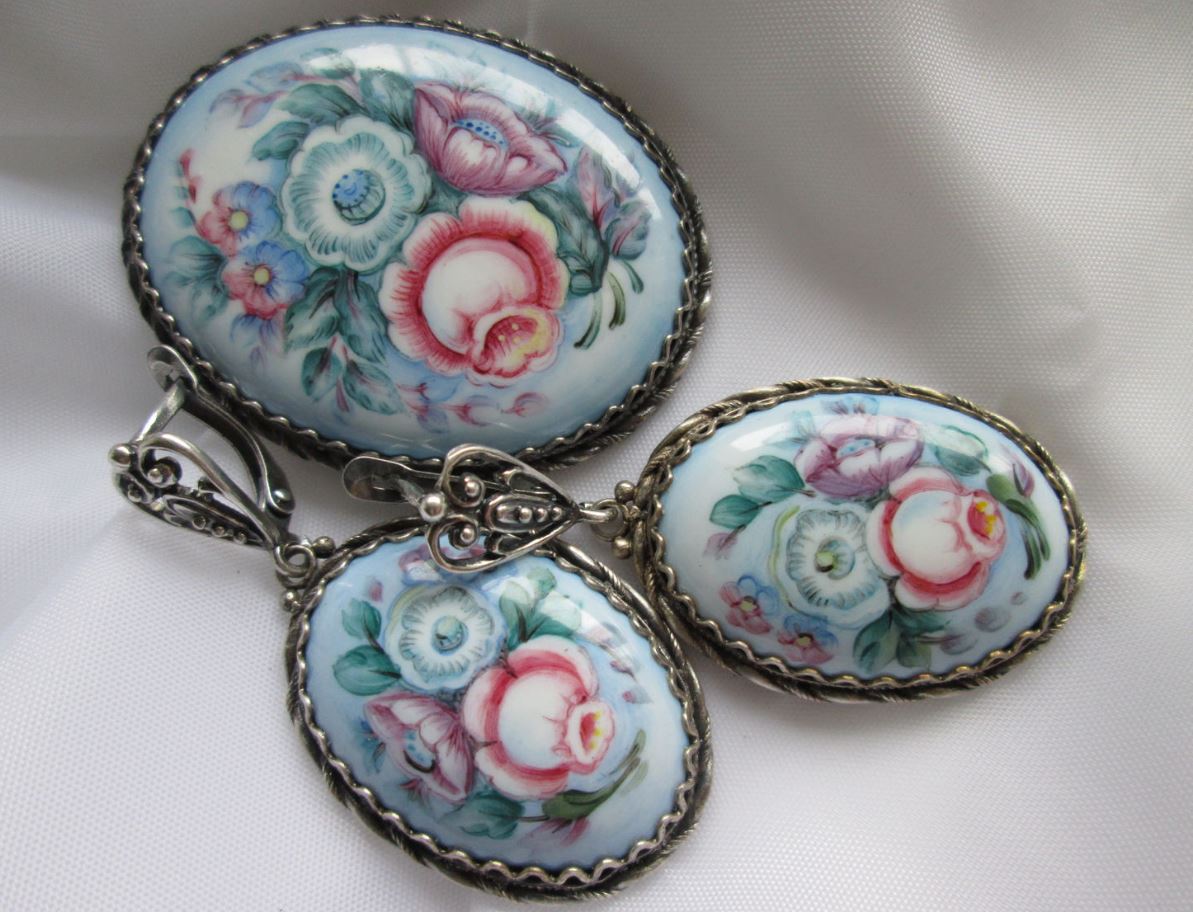
Rostov is famous for its enamelwork that won a lot of prizes on the international exhibitions. The craft of enamelwork was known in Russia since XII c.. The art of enamel painting especially flourished in Rostov in the XIX c.. First it served for church needs. Enamel was used to decorate church utensils, miniature icons, crosses, bindings of the Gospels etc.. In 1960 the Rostov Enamel Factory was founded. The Rostov enamel is famous for its unique technology of manufacture. It has a multilayer coating and after further kilning Rostov enamel gains specific qualities which prevent it from darkening and become waterproof.
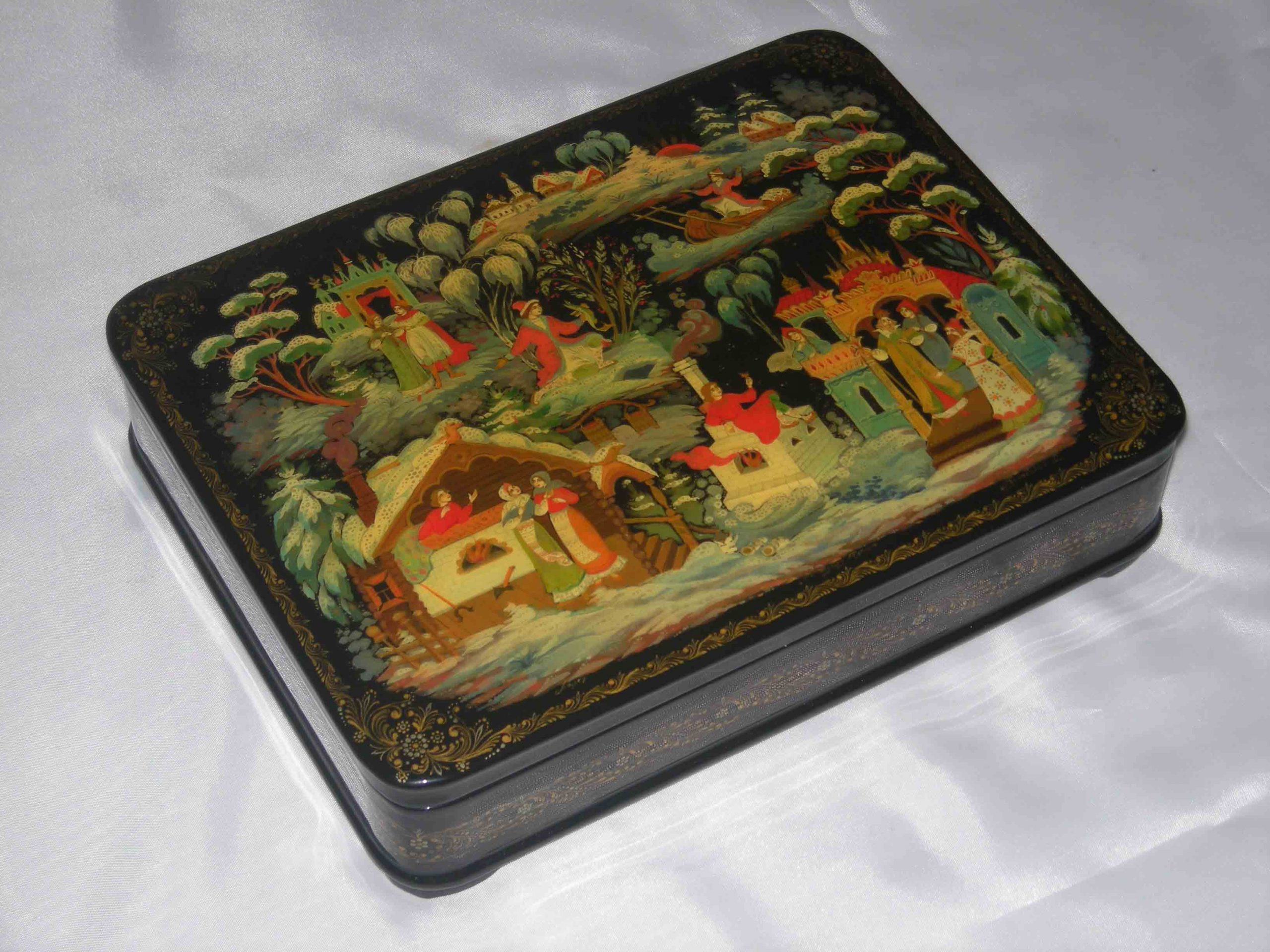
Palekh is an ancient Russian village that together with two other villages Mstera and Kholui is the birthplace of world-renowned miniature lacquered boxes that resemble wonderful flowers. The boxes present small masterpieces that are very expressive in their execution. The skills of Palekh craftsmen are transmitted from generation to generation and are zealously kept in secret. One of the most mysterious secrets is secret of Palekh colors. Palekh craftsmen use only natural ingredients in their paints like egg emulsion.

Gus-Khrustalny village is famous with the fine pieces of glass-work. It was founded in the mid-XVIII c. when the first cut-glass enterprise was built on the bank of the forest Gus River by Akim Maltsov and development of national glass manufacture and famous dynasty of glass industrialists began. Today you can purchase handmade cut-glass tableware. Usually you can find similarities with the goose bird in the original products made by local craftsmen.
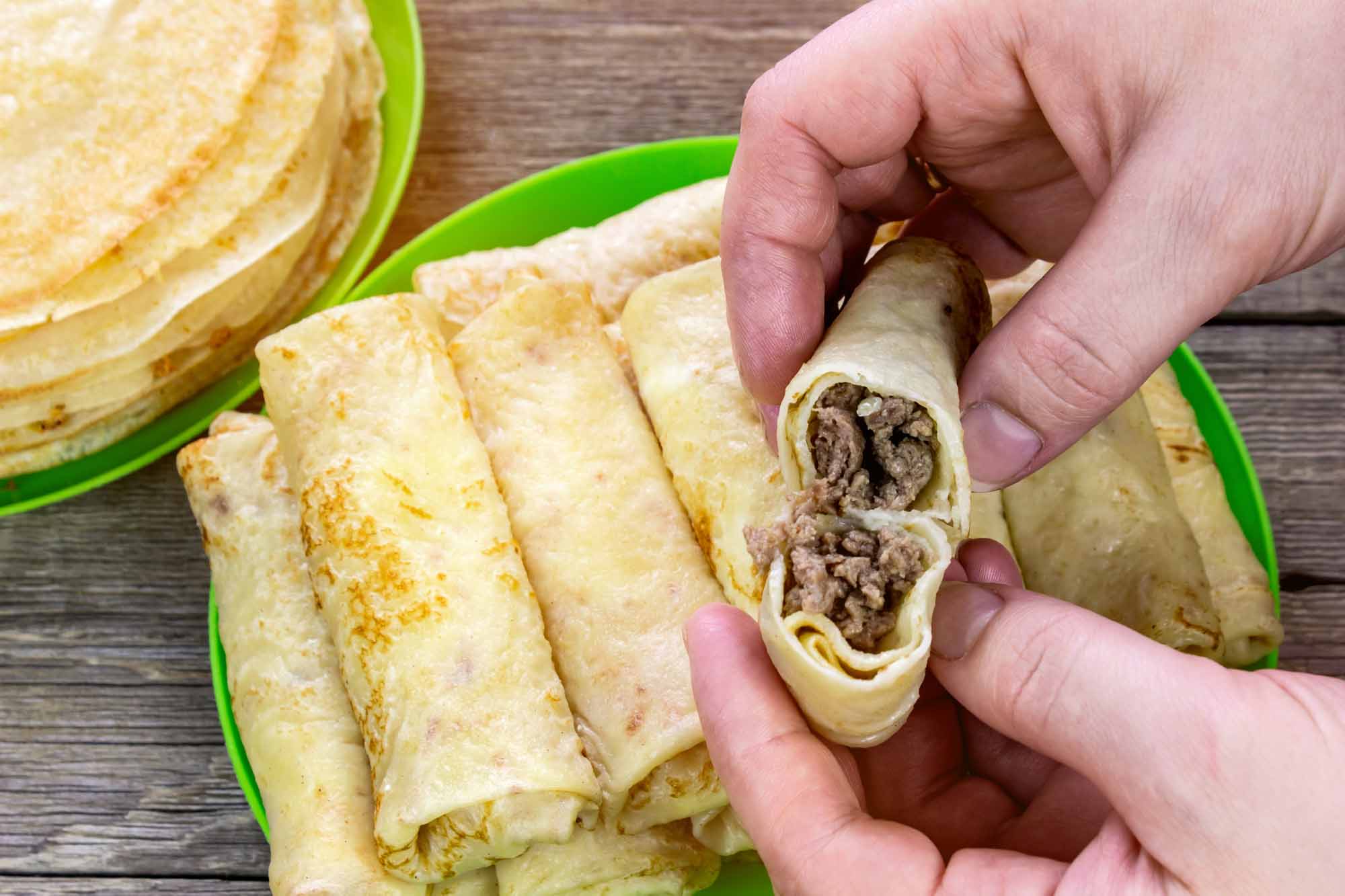
Moscow is the best place to taste original Russian cuisine. One of the main gastronomic symbols of Russia is blini – Russian pancakes traditionally served with caviar, sour cream or jam. There are also blini with different fillings such as meat, quark.
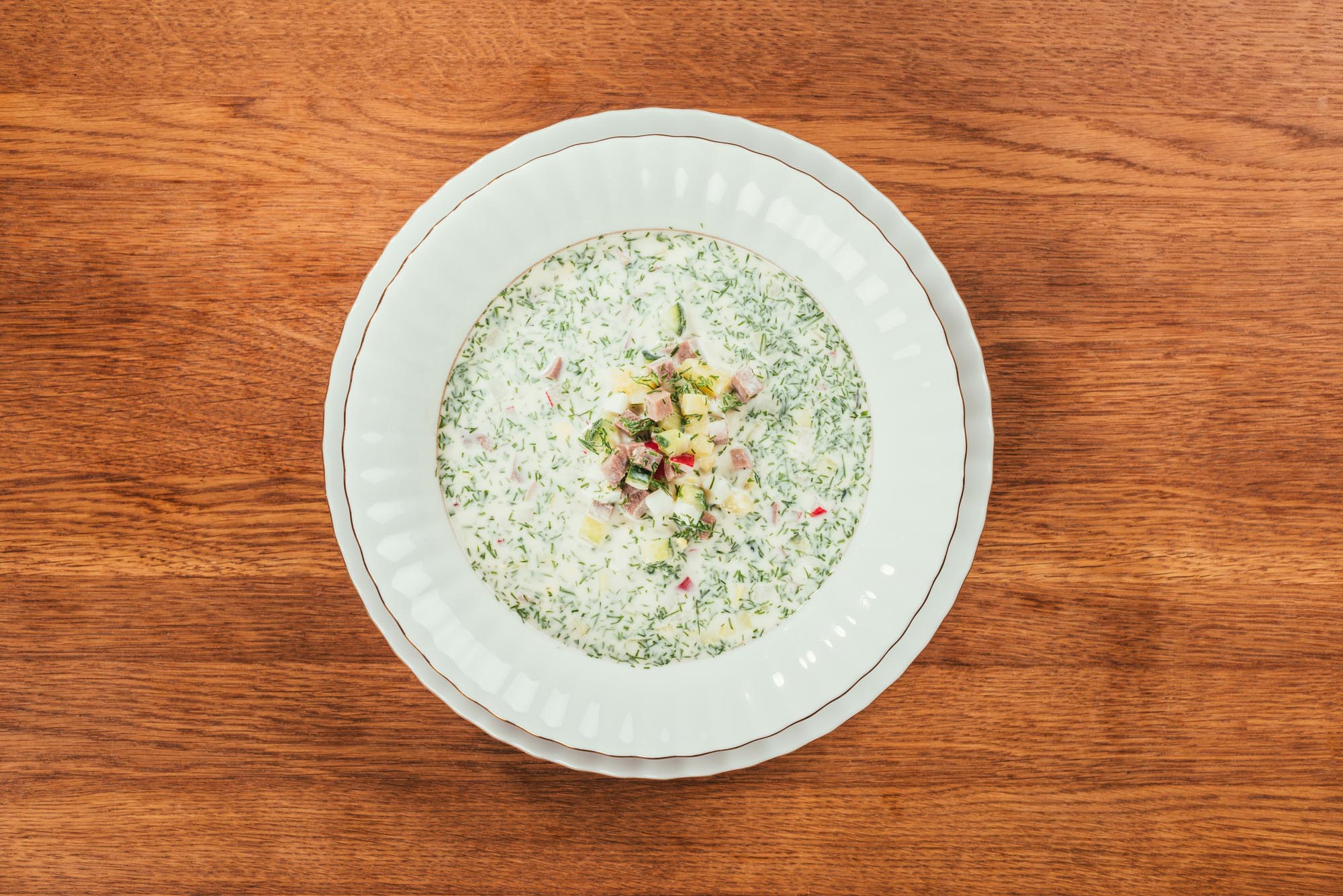
Russian cuisine is characterized by great amount of different soups. Borscht (soup with fresh cabbage, beet and tomato usually improved with sour cream) and shchi (fresh or sour cabbage soup often with mushrooms) are well-known as typical Russian dishes. It is quite correct for shchi but place of origin of borscht is Ukraine. Any case borscht became very popular dish in Russia, Poland, Byelorussia, Lithuania, Romania. Very popular are also ukha (fresh fish-soup), solyanka (meat, fish or mushroom soup where traditional ingredients of shchi are combined with different sour, salty and piquant ingredients: pickled cucumbers, olives, capers, lemon, kvass, salted or pickled mushrooms), rassolnik (traditional soup made of pickled cucumbers, pearl barley and pork or beef kindeys), sorrel soup, svekolnik (cold beet soup), okroshka (cold kvass soup with chopped vegetables and meet), vzvar (sweet soup with dried fruits).
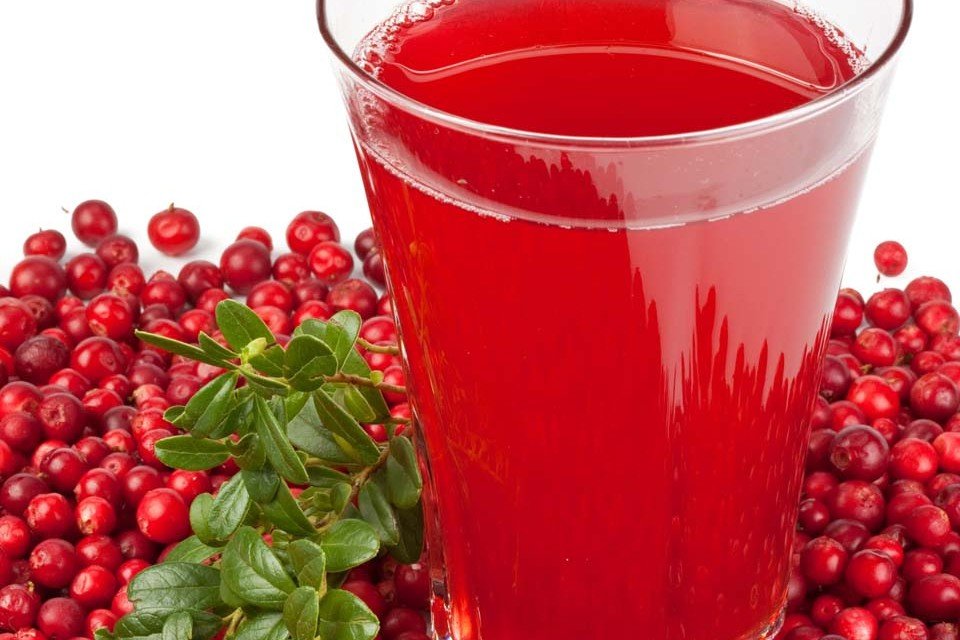
If kvass was mentioned we recommend you to taste this traditional for all Slavic and Baltic peoples and very popular in Russia fermented drink in Sergiev Posad. In summer period kvass made by the Trinity-Sergius Laura economy is sold directly at the monastery grounds. The following drinks are also widely spread: kissel (viscous fruit dish popular as a dessert and as a drink), mors (non-carbonated traditional Russian fruit drink prepared of berries, mainly of red bilberry and cranberry), honey drinks (medovukha, sbiten).
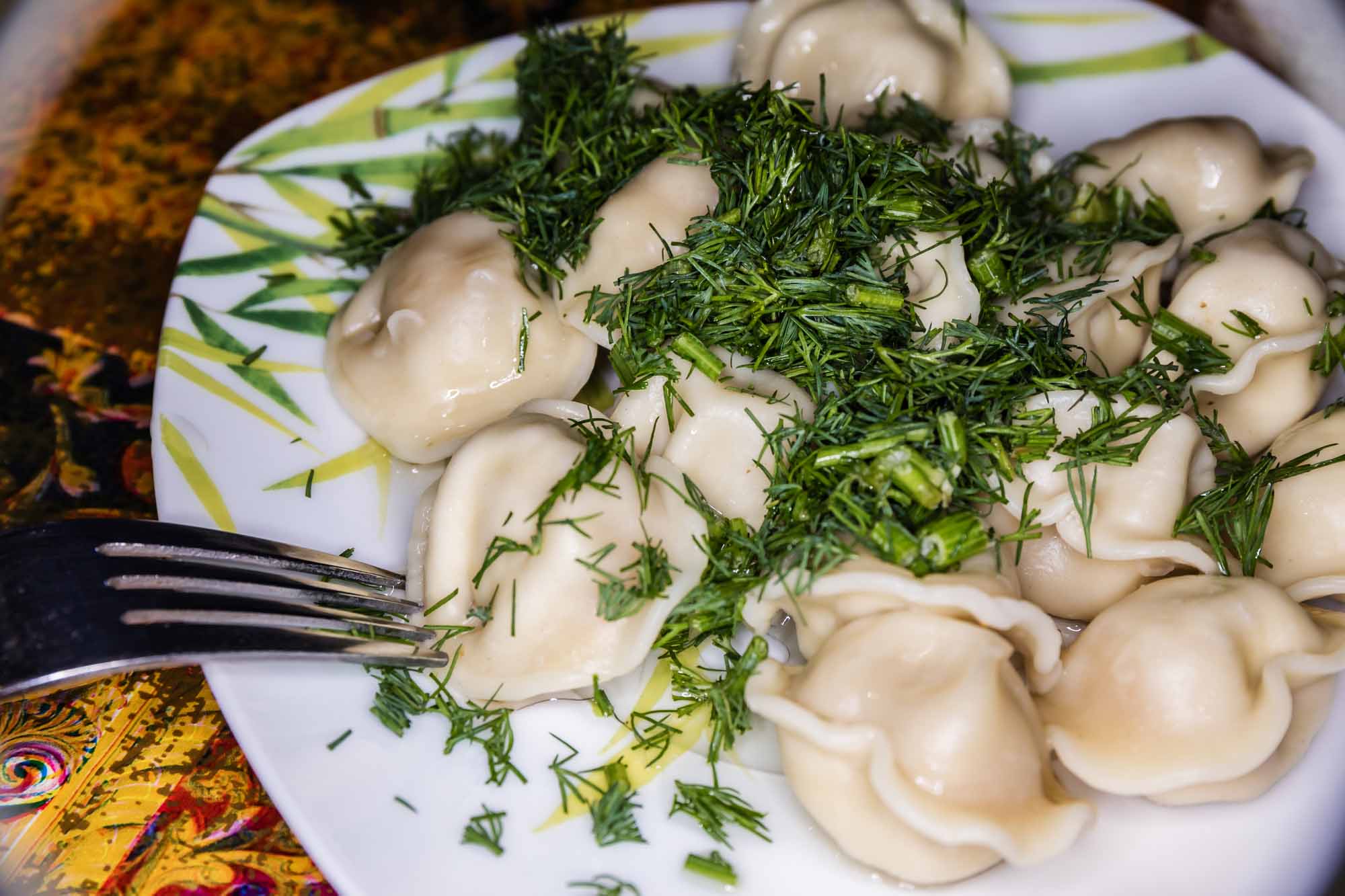
The next very popular in Russia dishes are golubtsi (cabbage rolls filled with meat and rice and usually served with sour cream – East Slavic variety of dish very popular at the Balkans, the Caucasus, West and Central Asia) and pelmeni (meat dumplings – traditional dish of Finno-Ugric peoples usually served with sour cream or with oil and vinegar; different varieties of it are popular in China, Korea, the Caucasus, Italy, South Germany, Crimea, Central Asia), studen or kholodets (Russian variety of aspic — meat-jelly known in Germany, Poland, Ukraine, Latvia, Romania, Bulgaria, Serbia).
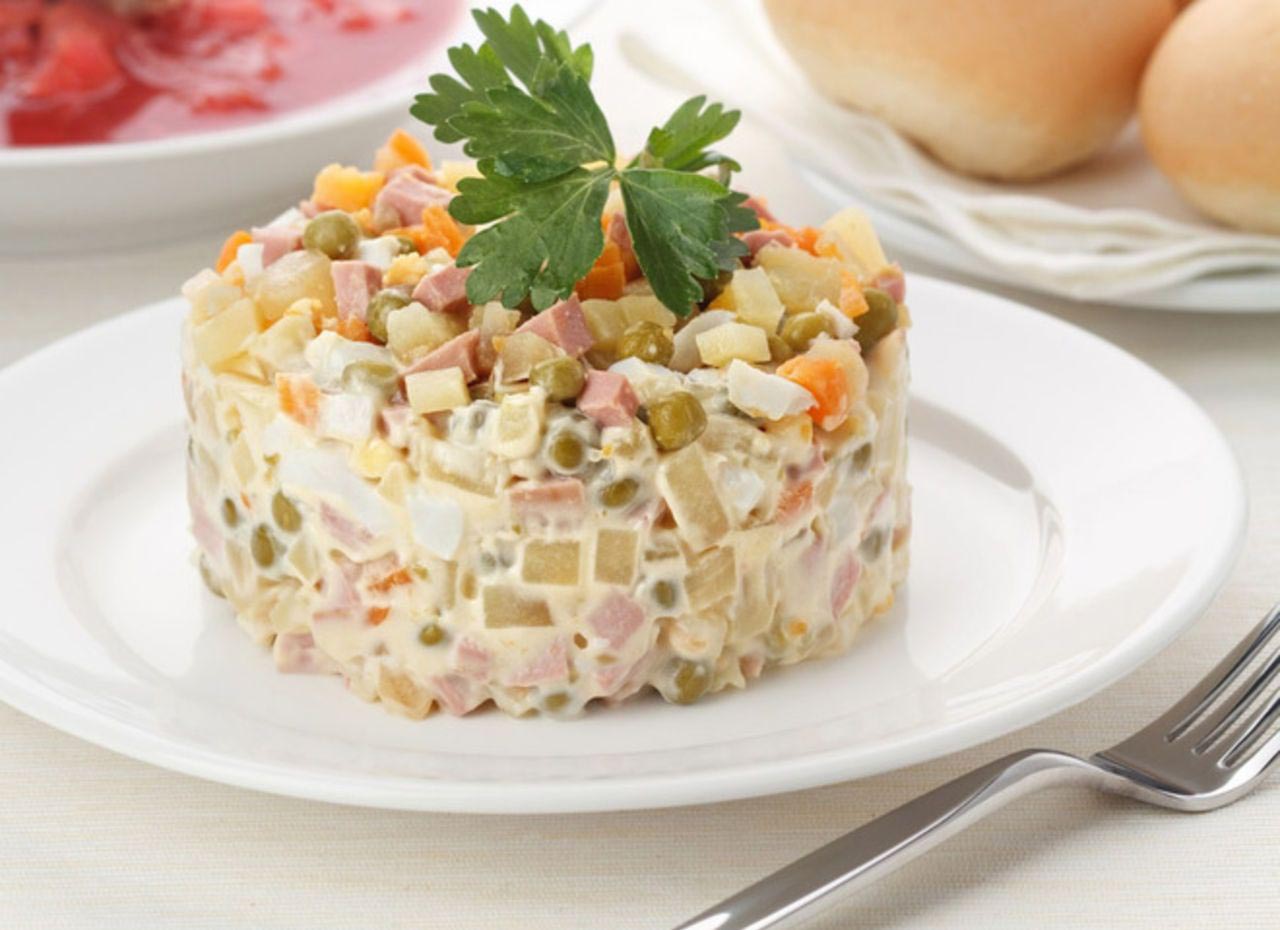
Well-known the Russian salad (meat, chicken, crabs or sausages with potato, green peas, pickled cucumbers and boiled eggs thickened with mayonnaise) was created not long ago (the end of the XIX c.). In Russia this dish is called the Olivier salad but many investigators consider that the owner of Paris cuisine the Hermitage Restaurant in Moscow Lucien Olivier, cook of Belgian origin, was shocked when Russian diners began to cut and mix ingredients of his dainty Russian Snack (originally there were abdomens of crayfishes, baked pork, black caviar, pickled cucumbers and green peas laid out separately on the big dish) and eat this mash thickened with mayonnaise!
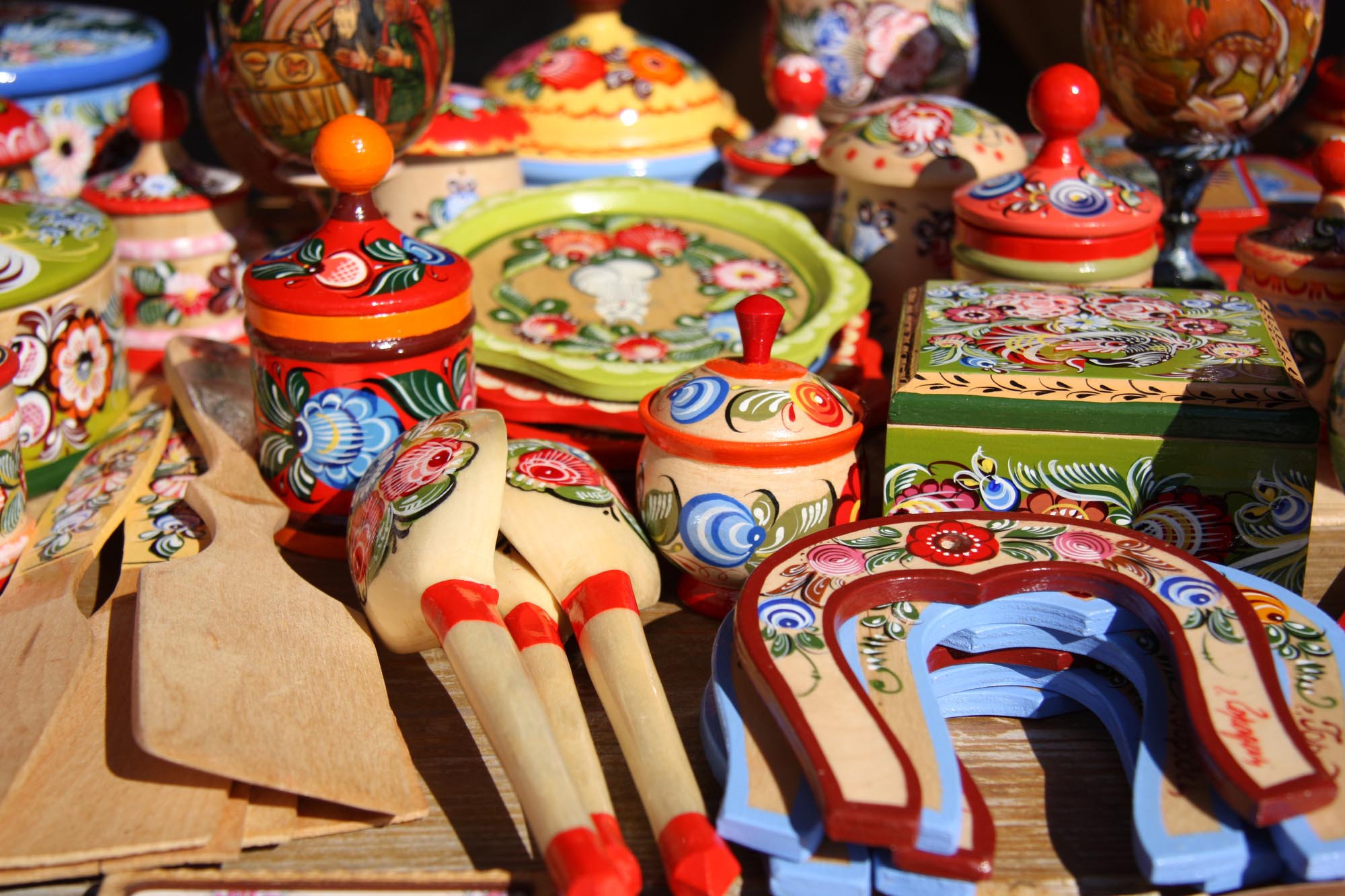
Please check attentively customer regulations and regulations of food products import to your country if you decide to purchase gastronomic or antiquarian souvenirs. Please try to buy antiques at specialized shops providing their customers with special certificates for presenting at the Custom-office. Smoked fish is to be vacuum-packed. Your local guide will recommend you places where you can purchase original authentic souvenirs and safe food products available for transport to your country.
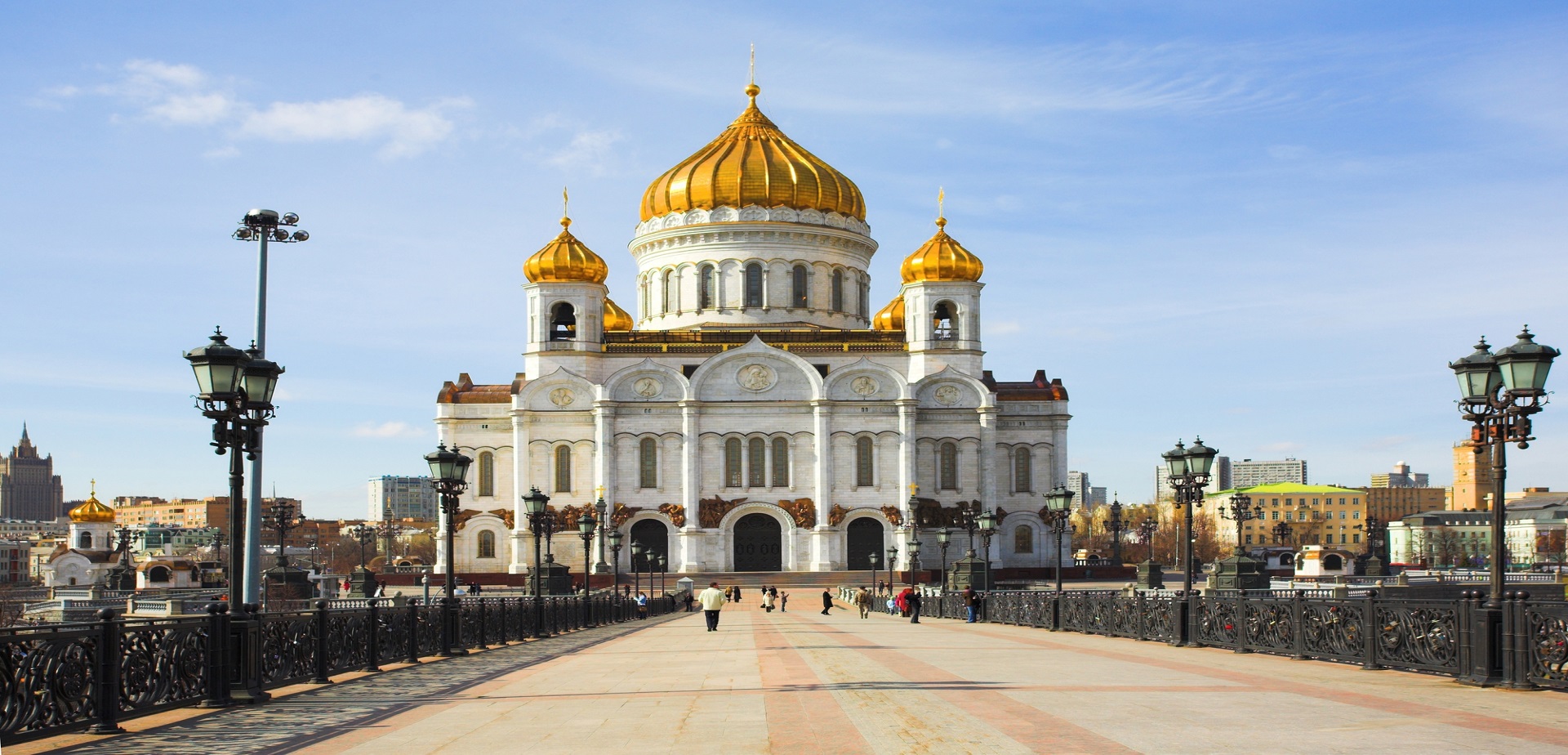
We kindly pay your attention to observe regulations and traditions of the Russian Orthodox Church when visiting functioning churches and monasteries. Visiting of churches and functioning monasteries in shorts and t-shirt is not permitted. Ladies visiting Russian Orthodox functioning monasteries should have skirts below the knee and head scarfs.
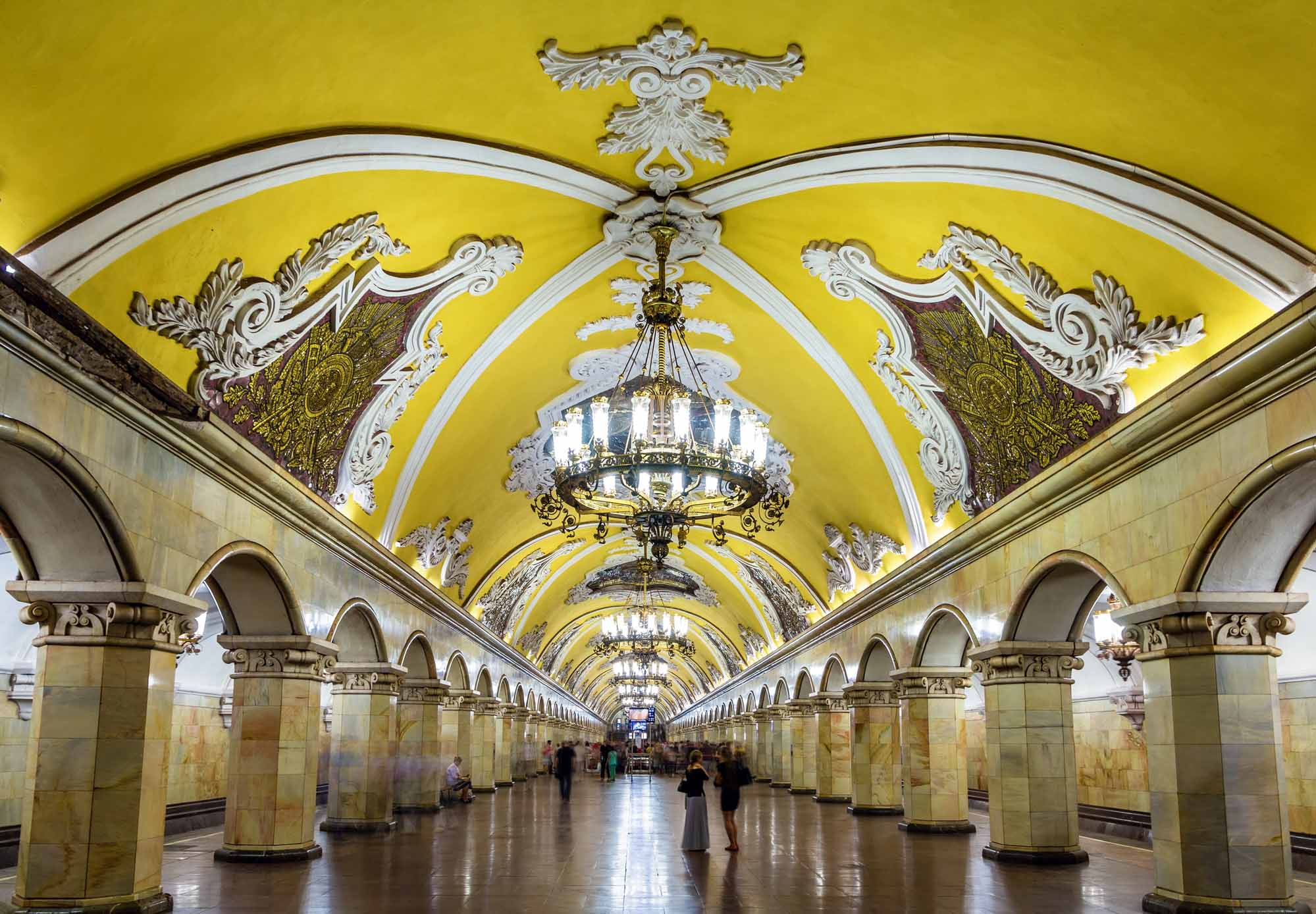
If you are traveling independently we recommend you to use Moscow public transport services. Moscow transport system is very diverse and quite comfortable. Using famous Moscow Metro connected since 2016 with the urban circal railway Moscow Central Circle you have opportunity to avoid traffic jams and to reach very rapidly and with comfort practically all main places of interest in Moscow. The Aeroexpress airport rail link connects Moscow airports with railway stations located at the city center (Domodedovo – the Paveletsky Railway Station, Vnukovo – the Kievsky Railway Station, Sheremetyevo –the Belorussky Railway Station).